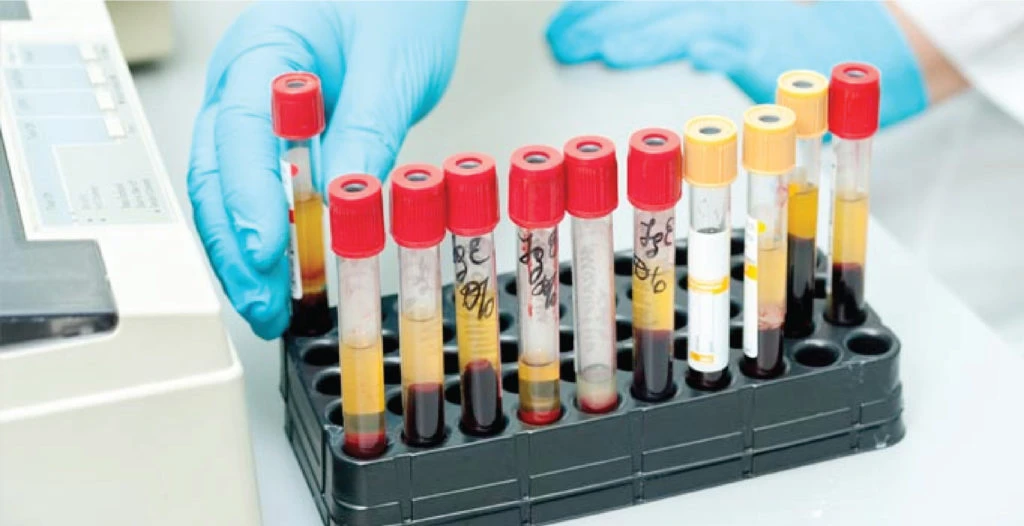The Relevance of Laboratory Management Software in Managing Samples

Let’s say that you’re a medical lab technician and there are 10 blood samples blood in front of you, each of which is unmarked and in need to be assigned a unique ID. Here, you must ensure that the samples are marked and assigned rightly for further testing. The slightest error in IDing a sample or assigning it to a technician can lead to a lot of trouble and make the sample completely unusable. However, you will have to ask patients to again provide a sample and potentially face their wrath.
Nerve-racking, isn’t it?
The work that a laboratory puts into managing samples is one that requires acute precision and the slightest mistake could lead to big problems. That’s where laboratory management software plays a key role. Laboratory management systems make sample management easy for lab technicians and administrators. From the moment a sample is obtained to the moment its purpose is over, laboratory management software (LMS) handles everything.
But how does it do this? Let’s find out:
1. IDing the Lab Sample

Before a sample reaches the hands of a technician for testing, it is mandatory to assign a unique identification number to it for tracking and storage purpose. Assigning a barcode and/or RFID tags to samples allows laboratory administrators to keep a track of it, as it moves across different locations.
Barcodes and RFID tags are scanned every time a sample arrives at a laboratory or a medical facility and the status of the sample is stored on a network for easier tracking and access.
With a laboratory information management system, sample identification is simpler as:
- An LMS system informs from whom a sample was extracted
- Who’s working on the sample
- Where the sample has been, and where it needs to go next
- How to store it and when it needs to move
When labs can keep a track of their samples in real-time, it reduces the likelihood of misplacing samples or sample data. Additionally, barcodes are machine-generated which reduces the chances of human error while assigning identification numbers. You will not confuse numbers and alphabets or type the wrong code.
2. Sample and Workflow Management

From the moment a sample enters a laboratory, it is important to streamline and track its movement. It is important for the samples to undergo the right test procedure while moving across the right location. To that end, a laboratory management software helps in streamlining work, managing samples properly and maintaining accurate and detailed records through the use of automation. A best LIMS software is used to assign samples to technicians for testing, create work schedules and provide details of the tests that have to be conducted on a sample and the places it needs to go, within and outside the laboratory.
Laboratory management software subsequently helps improve efficiency as every technician knows what they have to do, thus reducing any confusion. A lab administrator can view the work schedule of every technician and accordingly assign work using the LMS tool. LMS contains tests and location-associated sample information, it helps lab technicians in creating a plan of action, thus improving efficiency.
3. Easier to Access and Report Sample Information
A laboratory management system is a digital solution that stores and records samples digitally. This makes it easier for technicians, patients, and doctors to access the laboratory sample data. They can simply input the ID number into the LMS and retrieve the associated file.
Report generation is also simplified through the use of laboratory software. Lab technicians can generate digital reports comprising different parameters. They can also create reports that represent archived and current data, and auto-upload patient lab reports on hospital management systems.
Sample data is also beneficial for medical researchers. They can access it digitally if they have the permission of the sample’s owner. Imagine the prospects and advancements that medicine could make if patient data was readily available. With laboratory management software, that dream might soon be a reality.
4. Better Utilisation of Laboratory Storage
A laboratory management system can assign storage space to a sample. In fact, it can also send alerts when the lifecycle of a sample is over. This helps medical facilities, laboratories and hospitals in removing old outdated samples and making space for new ones. This makes it much more cost effective as labs don’t require to purchase extra storage freezers. Moreover, they also don’t accidentally throw out important samples to create storage space.
A self-confessed pop-culture enthusiast, he loves everything to do with movies, comic books and travelling. Studied at Christ University Bangalore with a triple major in Journalism, Psychology and English, he has been working as a technical content writer over the last few years. After pursuing MBA from T... Read more




























